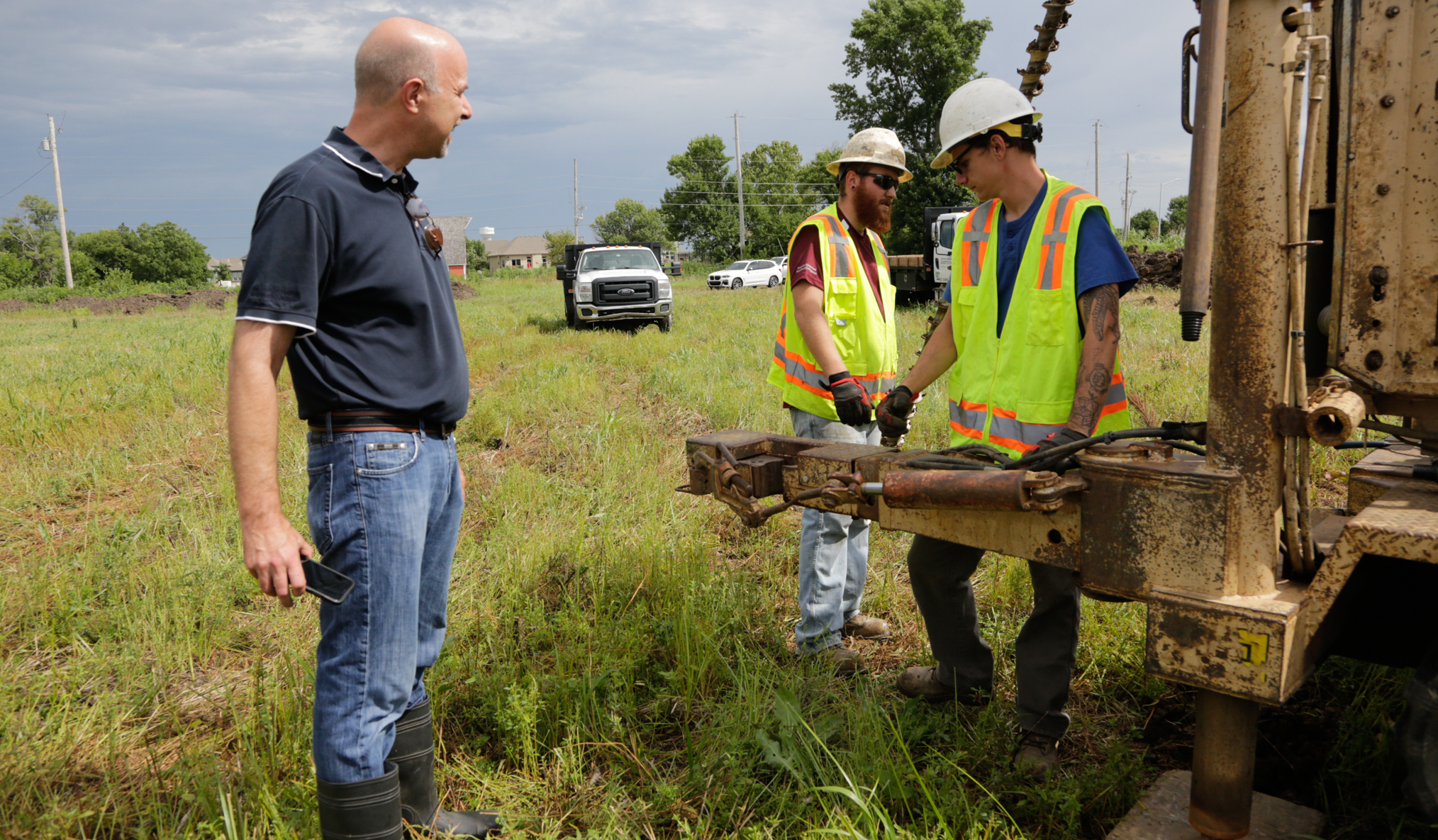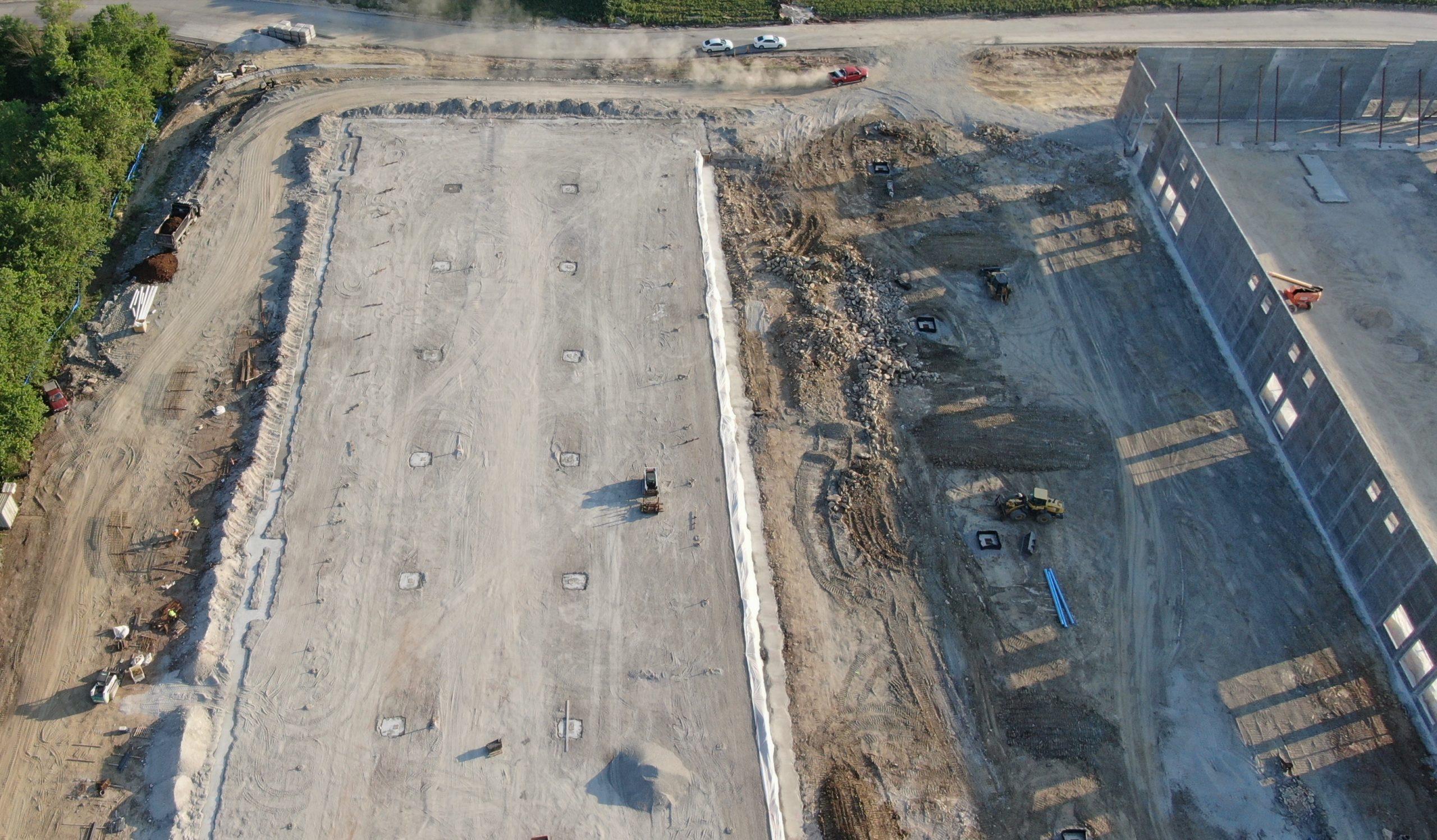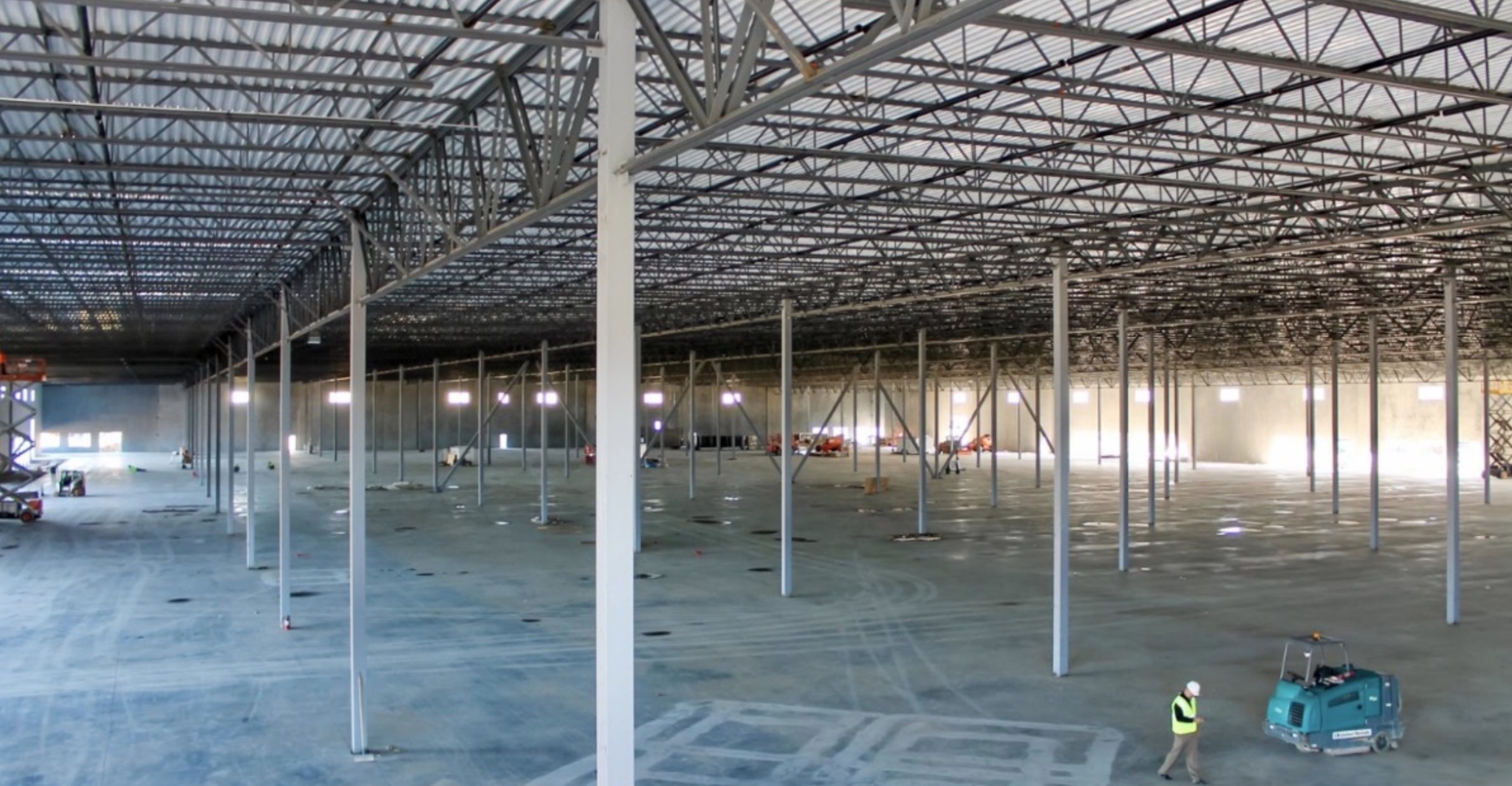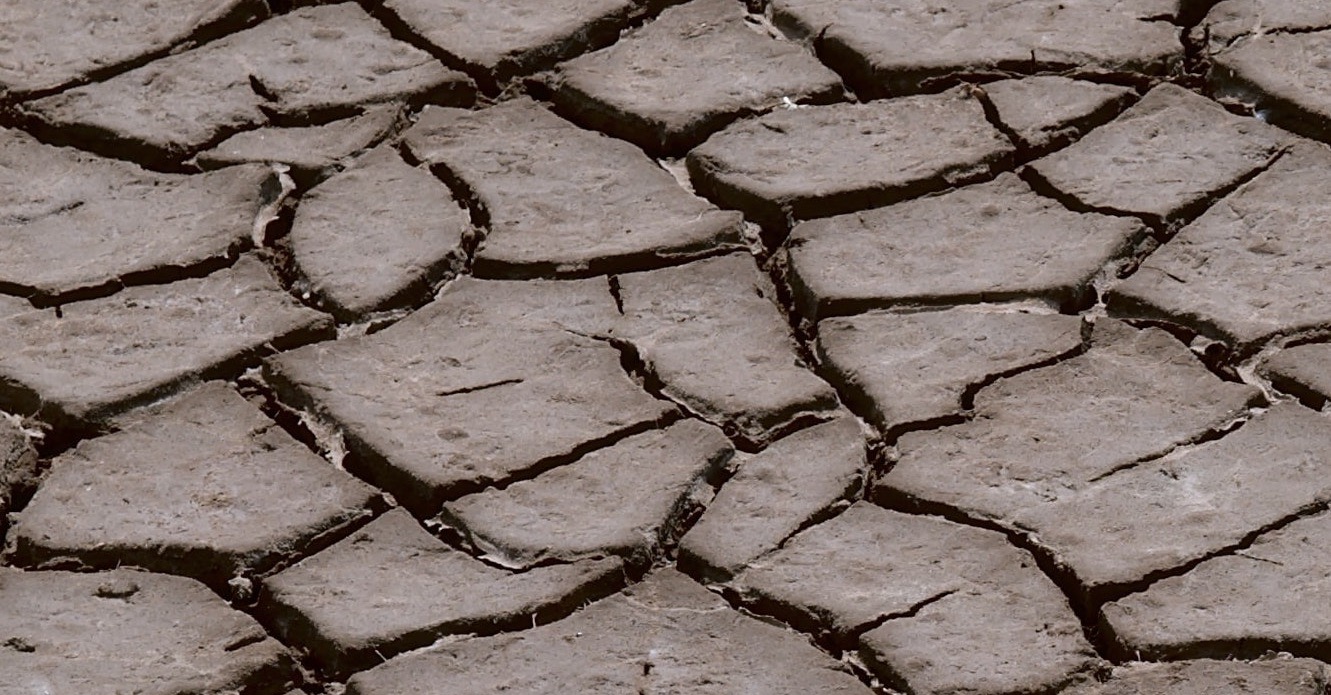Climate patterns are changing around the world, including Kansas City, drawing new attention to local geotechnical engineering perspectives. As we continue our blog series discussion with AOG President Allan Bush, we explore two areas where construction is mounting a resistance to shifting subgrade conditions.

AOG President Allan Bush (left) is a geotechnical engineer with a career in Kansas City spanning more than 30 years.
Adapting to Surface Extremes.
When you’ve been testing and evaluating soil across Kansas City for decades, you can look back and see the earliest impacts of changing weather patterns. Allan Bush’s mind goes straight to the very top layer of soil beneath commercial structures, right along the surface.
“It’s an incredibly important layer. In Kansas City, it’s usually clay,” says Bush, translating his engineering expertise to layman’s terms. “Think of it like a sponge next to your kitchen sink. After it completely dries out, and you get it wet again, it swells and expands.”
In construction, a dried-out top layer of soil that becomes wet can push everything on top of it upward, the floor, the walls, the roof — the entire structure. There’s no easy way to fix the problem after the fact, and as you might expect, solutions don’t come cheap if they’re possible at all.

U.S. Department of Transportation map of swelling-prone soils shows a ‘very widespread’ presence in the Kansas City region (dark shade.)
Bush says up until about 20 years ago, a fairly standard practice for preventing structural ‘heaving’ was to first condition the soil by tilling it and adding moisture about 12 inches down to depths not so sensitive to weather changes. But in the early 2000s, Bush remembers things started to change.
“We started getting these long stretches of hot weather and the subgrade really started drying out to the extremes, especially under the stress of construction during a project. Slab heave problems started occurring more and more. The local construction industry realized it had to do something about it.”
Over the years since then, conditioning the soil has gone well past 12 inches deep to as much as 36 inches or more in some cases, as summer heat and drought threaten to sink deeper into the subgrade. Simple tilling of the soil and adding moisture to prevent heaving isn’t always good enough anymore, either.
“Now we’re seeing replacement with crushed aggregate or chemical treatment of the subgrade soil,” says Bush. “It’s less about conditioning that top layer now. Engineers have gone from tilling the soil to replacing it, or rendering it harmless through chemical modification by blending cement or fly ash.”
Heaving, driven by extreme wet and dry weather, is a consideration for most commercial construction projects in Kansas City. However, large surface area projects, such as warehouses, manufacturing plants and distribution centers are especially concerned about it.

Kansas City’s supply chain boom is prompting construction of expansive facilities with little tolerance for heaving.
“These large facilities are very interested in protecting against this baking out of the subgrade,” says Bush. “Think about a structure that covers thousands of square feet. And not just gigantic buildings stretching out across hundreds of thousands of square feet. They can be much smaller. Imagine the slab underneath suddenly rising. It’s ugly. It’s really ugly and repairs are not likely. You’re looking at ripping it all out.”
Even minor heaving can wreck a facility entirely dependent on precisely flat floors to keep forklifts and other vehicles moving along smoothly, and prevent production machinery from rattling apart. There are towering racks and other infrastructure too that don’t have the flexibility to lean, even a tiny bit.

Rigid floor flatness ratings dictate special requirements for many industrial construction projects.
“These days, everyone involved in a project, from the engineers to the rest of the build team and even the owner, work hard to protect against heaving. And there’s no longer a standard solution. It’s about customizing solutions on a case-by-case basis.”
If you’re faced with this challenge, you better get it right. Bush says if you don’t go down deep enough to protect against heaving, moisture can still trigger the problem and push everything up, aggregate and all. “That top layer you engineer is like a cap. If the soil beneath it is still influenced by hot and wet weather extremes, it’s going to expand. And you’re in trouble.”
Keeping Rising Water Under Control.
Our world in Kansas City revolves around the Missouri River, the Kansas River and other bodies of water draining rainfall and snowfall across the heartland. Wetter, stronger storms are raising questions as expectations of 500 year or even 50 year flood events no longer seem so far apart. The Army Corps of Engineers is re-examining its modeling as waves of public money head toward fortifying barriers separating communities from disaster.
“You’re going to see more concrete walls put up along levees to give them greater capacity when rivers swell, “ says Bush, drawing on long experience working with the Corps. “Walls certainly help, but it’s the massive pumps outside the levees pumping water back into the rivers that do the hard work. Those are already getting lots of attention.”

The Strong Avenue pumping station in Kansas City, KS is being overhauled to triple its capacity. Photo courtesy: U.S. Army Corps of Engineers
Pumping stations along the rivers flowing through the Kansas City area take pressure off the levees so that rising water doesn’t push right through the subgrade. The stations amount to giant concrete vaults full of powerful machinery deep below the surface. AOG engineers are being called in to contribute perspective on issues like slope stability, conduct compaction testing, inspect concrete formulations, and provide other key services to help builders upgrade and expand capacity safely.
Pumping stations have become more than safety valves in emergencies. They’re now continuously relied on to keep river levels and surrounding groundwater under control. The Corps’ work to strengthen and maintain over 60 miles of levees and pumps as one integrated system across our area is increasingly important for the protection of nearby neighborhoods and businesses. Adjacent drainage districts, responsible for managing activity that impacts the overall water control effort, are also becoming more important.
“If you’re building anywhere near a drainage district or something in the Corps’ domain, you’re going to come under a lot of scrutiny and oversight,” says Bush. “Our drilling work in these kinds of areas is very sensitive and more expensive than other areas of Kansas City. Those flood control systems are critical and no one wants to take chances that could upset the balance.”

Detailed plans and permissions precede sensitive drilling in drainage district areas.
Too much water, not enough, and the relationship between the two extremes in the subgrade — climate change is a moving target for engineers and builders in the Kansas City area. Preventing sponge-like heaving beneath commercial structures and managing the flow of unpredictable water are just two areas of growing interest as the weather and the land forge different paths into the future.
Read Winds of Change – Part Three: Managing a Moving Target >>

